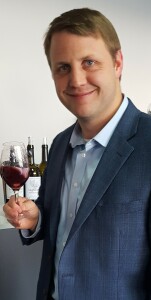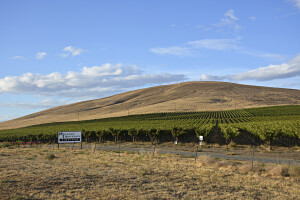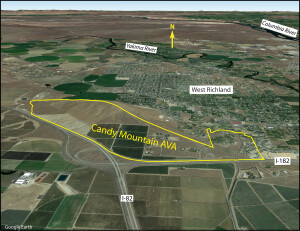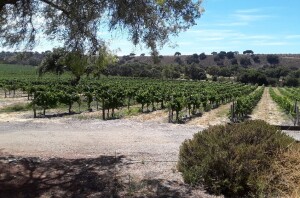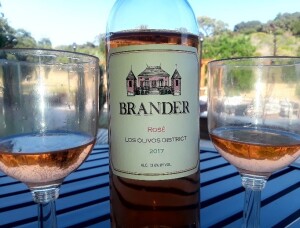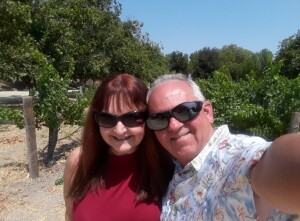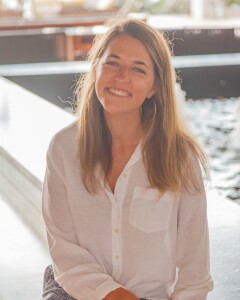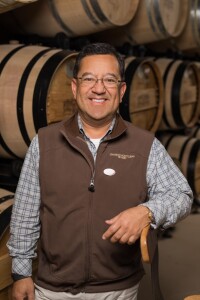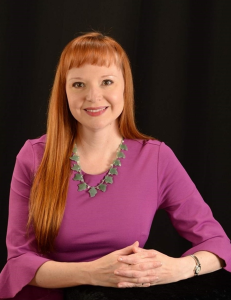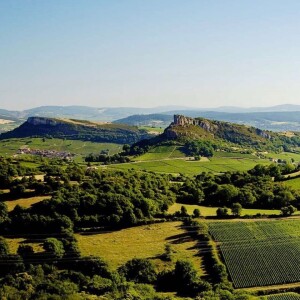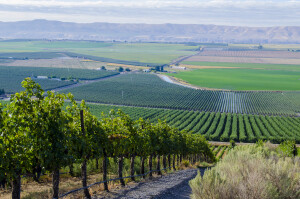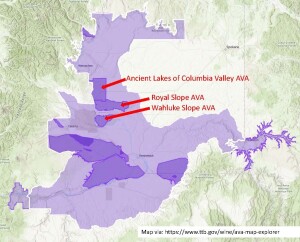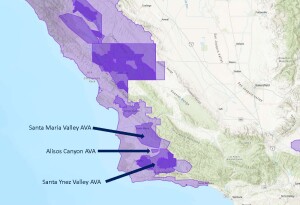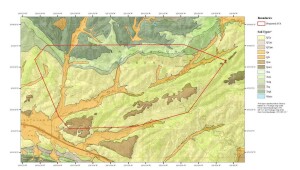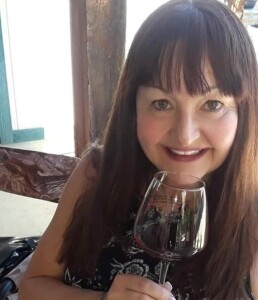
Jan Crocker, CSW
I am still surprised that wine found me, despite my best-laid plans to find other career paths and interests. With a bachelor’s degree in communications/newspaper journalism from California State University at Fullerton and two postgraduate teaching credentials, I had zero interest in Vitis vinifera until my late 30s.
While living in Orange County, California in the late ‘90s, my husband David and I were fans of Rembrandt’s Beautiful Food, a long-time fine-dining spot in Placentia still missed by locals. When owner Bernie Gordon offered my husband David and I a bottle of Casa Lapostolle Sauvignon Blanc at cost price – a princely $12 – to share with our Thanksgiving dinner in 1998, he checked back with us as we tasted the fresh, zesty white with the brined and roasted turkey breast. “What do you think of it?” he asked with gentle but intense interest. “It goes perfectly with the turkey and the veggies,” I replied. “And it’s perfect for an 85-degree day.” Bernie beamed, delighted that two of his regulars were ready for their own wine journey.
That journey led us along different paths over the next several years: visiting Inniskillin Winery in Ontario’s Niagara-on-the-Lake and returning home with a bottle of its luscious Vidal ice wine, joining a neighborhood wine group for weekly tasting events, and later organizing a Syrah/Shiraz tasting event at Rembrandt’s for the group’s 22 members. By 2003, I’d been chosen to select wine for my husband’s business dinners.
By fall 2003, David and I moved to downtown Long Beach. A few weeks after we had finished settling into our new place, I made my first of many visits to Vin de Pays, a tiny, quirky specialty wine shop—with all selections $15 and under—a mere three blocks from home. After I’d browsed the store for a few moments, owner Tom Keim gave me the cook’s tour of his site, excitedly pointing out his favorite new additions. I’d planned to buy only one bottle, but his enthusiasm for introducing then-obscure varietals and regions won me over. I brought home five bottles for barely $32.
Soon, David and I were regulars at Vin de Pays’ weekly tasting events. We both took notes of each wine in every week’s tasting lineup—eight wines, for $8—as I pored through the wine books in the tasting room, including Jancis Robinson’s Oxford Companion of Wine and Vines, Grapes & Wines, as well as Karen MacNeil’s The Wine Bible. By the end of 2005, we’d sampled about 700 wines.
2006 was the year we’d decided to open our own Vin de Pays in Yorba Linda, a city in northeastern Orange County. With nearly all of the same domestic and imported selections available at the Long Beach location, as well as the same $15-and-under pricing format, we opened our brick-and-mortar shop in early April 2007.
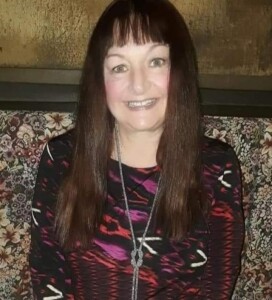
.
A year later, I’d moved into the next phase of my wine career: working for a number of small wine brokers with portfolios of limited-production offerings from nearly every region from Europe, South Africa, South America, and more. Since few of my customers—owners of restaurants and wine bars around Orange County—were familiar with Mendoza Malbec or Stellenbosch Sauvignon Blanc a decade ago, it was up to me to offer information about the terroirs of the grapes’ regions, and explain why those regions’ weather or elevation levels gave those wines their character. By 2011, I moved into the business-to-consumer area of wine, working with Constellation Wines U.S. by promoting Kim Crawford, Robert Mondavi, and Wild Horse in at Costco stores throughout the area, and later a variety of wines and spirits in both “wet” and dry demos for Advantage Solutions at several local supermarkets.
In 2014, I’d become a beverage steward for Vons Grocery Stores, at a location with long-time customers who were equally long-time fans of Kendall-Jackson Chardonnay and Rodney Strong Cabernet Sauvignon. A year later, I joined the Society of Wine Educators, and plunged into the CSW program. Thanks to the informative yet readable study guide, workbook, and engaging webinars by SWE Director of Education Jane Nickles, I earned my CSW in late October 2016.
Finally, I’ve had the opportunity to become familiar with the Ramona Valley AVA over the last five years. This region, about 30 miles south of Temecula, continues to emerge as a compelling site for sun-loving reds and whites, and it’s been a pleasure to get to know the winemakers and winery owners of most of Ramona’s wineries. Our nine visits Ramona since 2015 provided the material for my two articles for Wine, Wit, & Wisdom in September 2016 and December 2019.
Since late 2018, I’ve been a private wine consultant for local wine fans. I’m also a current Certified Specialist of Spirits candidate, eager to expand my long-time interest in vodka, gin, and other wonders of the world of distillation.
-Jan Crocker, CSW
If you are a SWE certificate holder and would like to be featured in our “On the Radar” series, please contact our Director of Education and Certification, Jane A. Nickles: jnickles@societyofwineeducators.org
